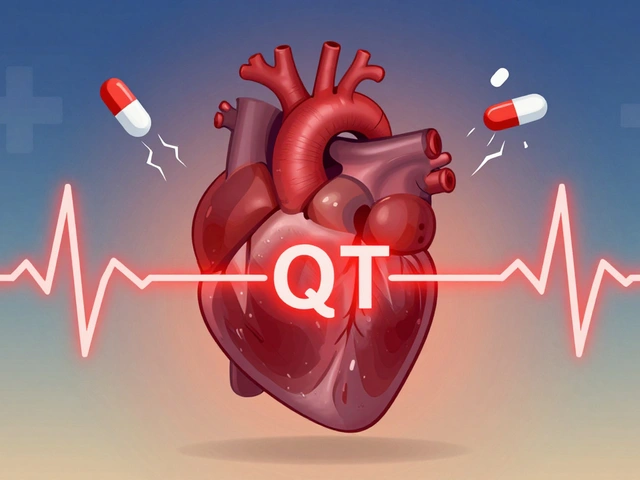How and Where to Buy Decadron Online Safely in 2025
July 26 2025Acute Intermittent Porphyria – Overview, Symptoms & Care
When dealing with acute intermittent porphyria, a rare inherited disorder that disrupts the heme production pathway and triggers sudden neurovisceral attacks. Also known as AIP, it heme biosynthesis the series of chemical steps that creates heme, an essential component of hemoglobin that is blocked by a genetic mutation usually in the HMBS gene, leading to buildup of toxic precursors. This combination explains why patients experience intense abdominal pain, nausea, and neurological signs during an attack.
Key Aspects of Acute Intermittent Porphyria
The condition belongs to the broader porphyria group of metabolic diseases linked to disrupted heme synthesis. Understanding the disease means looking at three pillars: triggers, diagnosis, and treatment. Common triggers include certain medications, fasting, hormonal changes, and stress, all of which can tip the fragile balance of the pathway. Diagnosis hinges on spotting elevated levels of porphobilinogen and delta‑aminolevulinic acid in urine, often confirmed by genetic testing. Treatment options range from immediate hemin infusions to prevent further toxin buildup, to long‑term strategies such as glucose loading, avoidance of known triggers, and emerging RNA‑based therapies.
Below you’ll find a curated collection of articles that dive deeper into each of these areas. Whether you’re looking for the latest research on hemin therapy, practical tips on managing daily triggers, or a clear rundown of diagnostic tests, the posts ahead cover the full spectrum of information you’ll need to navigate acute intermittent porphyria confidently.
 24 Sep
24 Sep
Understanding Porphyria: Complete Guide to Types, Symptoms, Diagnosis & Treatment
Explore porphyria in depth-learn the different types, genetic causes, warning signs, diagnostic tests, and current treatment options in this 2025 guide.
Read More...




